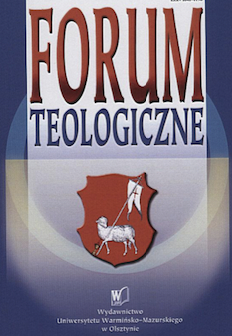A COURTYARD HOUSE – SIHEYUAN 四合院
AS THE DWELLING PLACE OF THE TRADITIONAL CHINESE FAMILY
A COURTYARD HOUSE – SIHEYUAN 四合院
AS THE DWELLING PLACE OF THE TRADITIONAL CHINESE FAMILY
Author(s): Zbigniew WesołowskiSubject(s): Theology and Religion
Published by: Wydawnictwo Uniwersytetu Warmińsko-Mazurskiego w Olsztynie
Keywords: Chinese architecture; Chinese courtyard house; Chinese traditional family
Summary/Abstract: A Chinese courtyard house, called in Chinese siheyuan, equipped with a single entrance and with one or more open courtyards encompassed by one-storey buildings, represents traditional house dwelling in China. Throughout Chinese history, courtyard dwelling was the basic architectural pattern used for building governmental (palaces and offices) and family residences, and religious compounds (temples and monasteries). In this short contribution, the author depicts a standard traditional Beijing court house from the Ming dynasty (1368–1644) which would normally host an extended family of three and four generations. The physical construction and spatial structure of the traditional Chinese courtyard house were deeply rooted in ancient Chinese philosophical thought. The Chinese used fengshui (wind and water) principles to harmonize themselves with their environment in order to secure prosperity, longevity, and family blessings. From the viewpoint of fengshui, a basic courtyard house compound was not only a dwelling place, but also a structured and complicated vision of the cosmos that should function as an ideal container of qi (life energy). The fundamental north-south axis which rhythmically and continuously guarantee the vital flow of qi and the square shape of a courtyard house which means near to the earth, should promise health, prosperity, and the growth of the family. The fengshui system (nowadays mostly associated with Daoism) in the context of a Chinese courtyard house was intimately combined with China’s strict social and family system (Confucianism). The structure of the Chinese traditional family – and the author calls it “Confucian familism” – i.e., the Confucian conviction of family as a model for the whole state. This rigid and hierarchically structured family system, which had been the basis of Chinese society in imperial China for over two thousand years, has been reflected in courtyard house compounds. At the end of this contribution, the author mentions the efforts of present-day architects to find a way to revive traditional courtyard housing for modern times.
Journal: Forum Teologiczne
- Issue Year: 2020
- Issue No: 21
- Page Range: 207-217
- Page Count: 11
- Language: English

